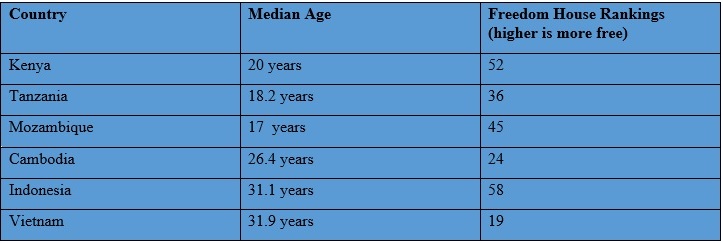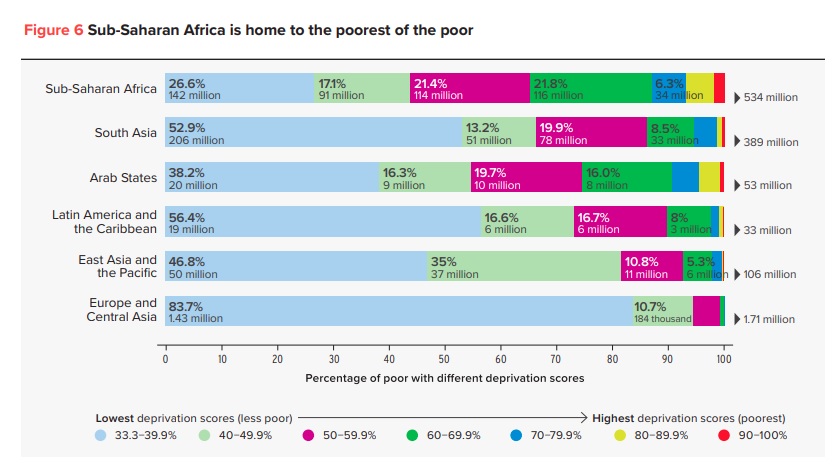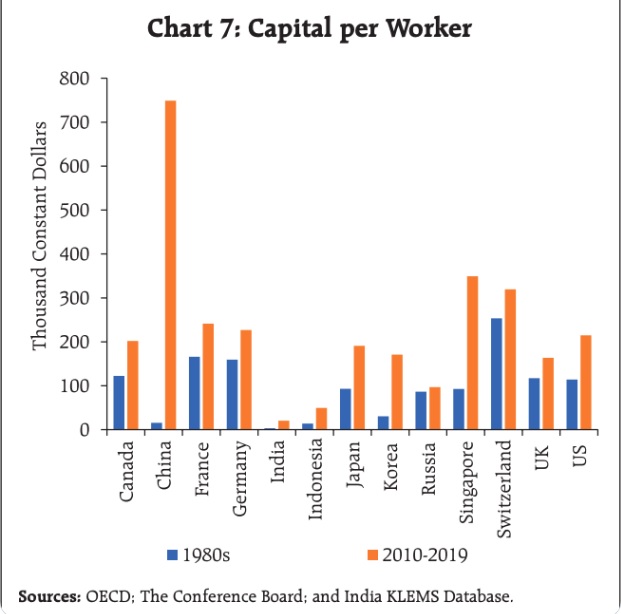This is a story of how a Chinese billionaire’s mistress got us onto WeChat—we were one of the first non-ex-pat Americans to join the now ubiquitous Chinese social media commerce platform. A little over ten years ago we organized a small dinner for a visiting Chinese billionaire and some Seattle movers and shakers. Neither moving or shaking so well ourselves we sat at the end of the table where we found ourselves next to the billionaire’s mistress, a Chinese actress of some little note. Needless to say we don’t usually sit next to actresses or mistresses–business people, politicians, educators and other such riffraff are more our speed. Nonetheless, during the course of our conversation we offered our business card to her but she instead took out her phone and said let’s connect on WeChat. She showed us how WeChat worked and how convenient it was to communicate, buy stuff and find information about China. So with her help we downloaded the app and we connected. When we got home that night we told the International Need to Know better half that we were now friends on a Chinese social media app with a Chinese actress who was a mistress to a Chinese billionaire. She was neither impressed nor worried.
While we decide whether to tell you how in a recent meeting we trash talked Miss Asia, we predict which region will grow faster than Southeast Asia, laud the continued progress in poverty reduction and examine China’s continued economic imbalances. It’s this week’s International Need to Know, like Richie on The Bear, we wear suits now—tailored with international information, adorned with international data.
Without further ado, here’s what you need to know.
Where is the Future?
We read not too long ago—we can’t remember where—that eastern African countries economies might do well in the future because of their proximity to Asia. We finally had a moment in this busy summer to look at GDP growth rates for the last ten years for Kenya, Tanzania and Mozambique (you’re wasting July if you’re not researching GDP growth rates of non-random African nations). After large pandemic era dips, their economies are all growing above 5 percent again. We added in Vietnam, Indonesia and Cambodia, some southeast Asian nations who have been doing well the last ten years. Vietnam has been a big star and we expect it to continue to grow despite some current political and economic challenges. But over the next ten years, it would not be a bad bet to expect these east African countries to have better economic growth than these southeast Asian ones. They are growing from a smaller base, have younger demographics and generally have more freedom. And, of course, they are closer to the huge market and supply chain center of Asia than other parts of Africa. Check back in 2033 to see if we’re right.
Poverty Reduction Continues
We continue to be your realistic rays of sunshine in a news ecosphere that only sees rain. This is not because we are naturally optimistic—no lifelong Seattle Mariners fan has that trait—it is because when we follow the data it paints far brighter hues than the dark anecdotes of the news industrial complex. And the most recent data from the United Nations Development Program released last week shows “25 Countries Halved Multidimensional Poverty* Within 15 Years.” Yes, despite so many saying the last couple of decades were a nightmare, the world continued to get better. This was especially true for India, where 415 million people left poverty behind between the years 2005 and 2021. China and Indonesia also saw big poverty reductions, among many other countries. At the beginning of the pandemic there were some short-term poverty reduction reversals. The UNDP notes there is not good data yet for the rest of the pandemic and post-pandemic, but “judging from the few countries where data were solely collected in 2021 or 2022 – Mexico, Madagascar, Cambodia, Peru, and Nigeria – momentum on poverty reduction may have persisted during the pandemic.” Oh and for any of our mopey American readers, though the U.S. is not covered in this report, other studies show poverty fell in the U.S. too the last twenty years—across all ethnicities and races. If we keep thinking the past was a disaster we’ll come up with bad policies for the future.
*Multidimensional poverty is an index measure used to assess how folks are doing in health, education and living standards
China Corner: China’s Economic Imbalances
Earlier this week we had the opportunity to chat with someone who back in the day we worked with often in China. We asked him how the economy was going. The look of worry on his face answered as well as his words. Not well at all. Everyone is concerned about China’s economy nowadays which makes us think it will soon do better than people think…in the short term. But in the mid to long term, as we’ve pointed out for quite some time, it has lots of challenges. One of them is recovering from over investment. As we said in our book and in speeches the last few years, for each Yuan of investment China makes, it’s getting less GDP growth. Not coincidentally, China spends far more capital per worker than other countries as you can see in the chart below. More than twice as much. It’s going to take China a long while to work out its economic imbalances.





